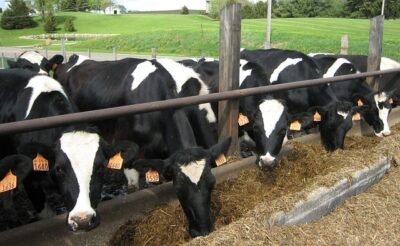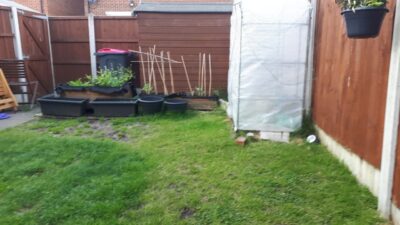The Basics of Foraging in the UK
In this Article...
A journey into the wild!
Foraging, the age-old practice of gathering wild plants, fungi, and edibles from nature’s pantry, has seen a resurgence in recent years. In the United Kingdom, the lush countryside and diverse ecosystems provide an ideal backdrop for this rewarding activity. Join us on a journey into the world of foraging as we explore its history, the essentials for safe foraging, and some of the delightful treasures you can discover in the UK’s natural landscapes.
The History of Foraging:
Foraging is an ancient human activity, predating agriculture by thousands of years. Our ancestors depended on wild plants and animals for sustenance, medicine, and materials. Over time, the development of agriculture led to settled societies, but foraging remained an essential part of life, particularly for those living in remote areas.
In the UK, foraging has deep historical roots. The country’s rich natural diversity has long provided an abundant source of food and resources for its inhabitants. Early Britons foraged for a wide range of wild edibles, including berries, nuts, and leafy greens. They also relied on wild game and fish for protein. During the medieval period, foraging continued to play a crucial role in the diet of both peasants and nobility. Wild foods such as mushrooms, nettles, and dandelions were commonly consumed. Herbs and plants gathered from the countryside were used for medicinal purposes. The Industrial Revolution and urbanisation marked a significant shift away from foraging as more people moved to cities. However, for the past few decades, there has been a resurgence of interest in foraging, driven by a desire for a closer connection to nature, and the thrill of discovering unique flavours in the wild.
Essentials for Safe Foraging
Foraging can be a fulfilling practice when approached with care and knowledge. Here are some essentials for safe and responsible foraging in the UK:
Identification Skills: Accurate plant and fungi identification is paramount. Invest time in learning to identify species confidently, using field guides, apps, or joining foraging courses led by experts.
Location Matters: Choose foraging locations wisely. Public woodlands, meadows, and coastal areas are good options, but always respect private property boundaries and protected areas.
Ethical Harvesting: Harvest plants and fungi responsibly. Take only what you need, leaving plenty for wildlife and the ecosystem to thrive. Never uproot plants unless you are certain they are invasive species. Respect wildlife and ecosystems. Avoid causing harm to animals, nests, or habitats during your foraging activities.
Legal Considerations: Familiarise yourself with local regulations regarding foraging, especially for protected or endangered species. Some areas may have restrictions or require permits.
Seasonal Awareness: Understand the seasons and the best times to forage for specific species. Different plants and fungi are available throughout the year.
Safety Precautions: Be aware of potential hazards, such as poisonous look-alikes or environmental contaminants. Use gloves and carry a small first-aid kit.
Cleaning and Preparation: Thoroughly wash and clean foraged items before consumption. Some wild edibles may carry dirt, insects, or other contaminants.
Variety of Sources: Cross-reference your findings with multiple sources, especially when foraging for edible mushrooms, as some species can be toxic.
Popular Foraged Edibles in the UK
The United Kingdom offers a wide array of wild edibles waiting to be discovered. Here are some of the most popular foraged items:
Wild Garlic: This aromatic plant grows in woodland areas and is known for its pungent garlic flavour. The leaves are excellent in salads, soups, and pesto.
Elderflowers and Elderberries: Elderflowers are used for making refreshing drinks and cordials, while elderberries are rich in antioxidants and used in jams and wines.
Blackberries: Abundant in hedgerows and woodlands, blackberries are a classic foraged fruit, perfect for pies, jams, or enjoying fresh.
Nettles: Despite their sting, nettles are packed with vitamins and minerals. They can be used in soups, teas, and as a spinach substitute.
Chanterelle Mushrooms: These golden mushrooms are prized for their delicate flavour and are often sautéed or added to pasta dishes.
Sloe Berries: Found on blackthorn bushes, sloe berries are used to make sloe gin and other liqueurs.
Wild Strawberries: Sweeter and more intense in flavour than cultivated varieties, wild strawberries make excellent additions to desserts and salads.
While foraging is a rewarding endeavour, it’s essential to approach it responsibly and with knowledge. Understanding plant and fungi identification, respecting the environment, and following ethical harvesting practices ensure that foraging remains a positive and enriching experience. So, grab a basket, immerse yourself in the natural world, and embark on a journey of exploration and culinary delight as you uncover the hidden treasures of the UK’s wild landscapes.



